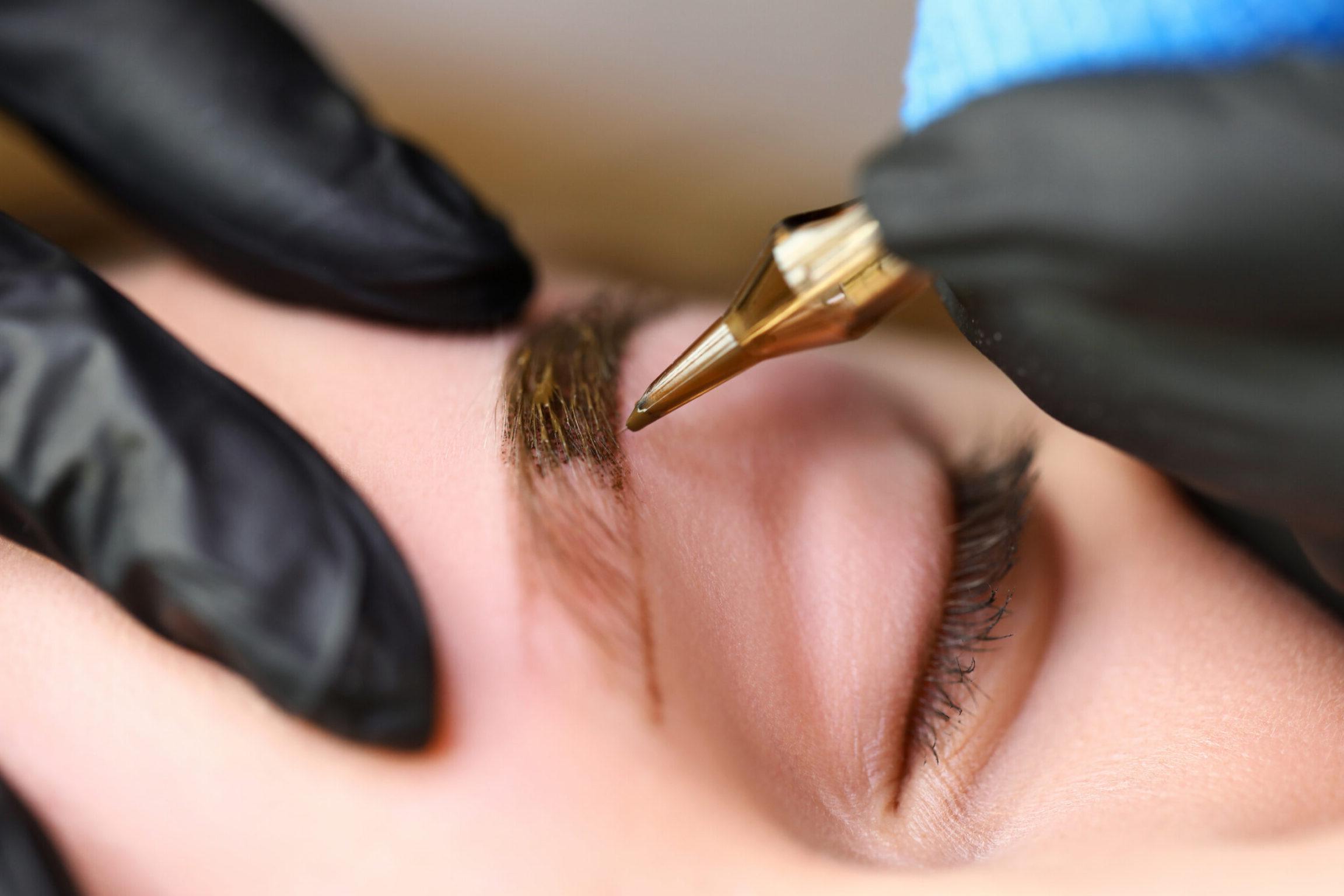What Is The Elimination Diet?
It’s Not Just About The Foods You Can’t Eat, But Also The Foods You Get To Eat
Note: For the purposes of this article, I will focus on the established Functional Wellness Elimination Diet, as adapted from the Institute For Functional Medicine.

The “Why” Is Just As Important As The “How”
Most of us are familiar with food allergies: if you eat peanuts and your lips can start to blow up, like Will Smith in the movie “Hitch.” Or if you have some well-intentioned cinnamon, your tongue begins to swell up like The Rock in the movie “Game Plan.”
The Difference Between A Food Allergy & A Food Sensitivity
A food allergy is an IgE reaction in our immune system. But what is a food sensitivity? A food sensitivity is an IgG reaction within our immune system. Up to 20% of the population has a food sensitivity. It is also different from an IgE reaction because it is not immediate. It can actually happen up to 72 hours after exposure or ingestion.
Food Sensitivity Symptoms Are Numerous & Include:
- Rash
- Fatigue
- Brain fog
- Congestion
- Eczema
- Bloating
- Abdominal pain
- Diarrhea
- Constipation
Food sensitivities can also be additive, which means that you can eat something you are sensitive to on Monday and Tuesday and have no problems but eat it again Thursday and have symptoms on Friday! Good luck right? It makes it almost impossible to figure out with a food diary. You also cannot figure it out just by eating “low” dairy or “low” gluten.
You really have to eat NONE!
The Benefits Of The Elimination Diet:
- Allows you to identify food sensitivities
- Decreases inflammation
- Improves GI symptoms, including bloating, gas, nausea, diarrhea, constipation and pain; it may also improve “leaky gut”
- Increases daily energy and improves sleep
- Eliminates rashes
- Alleviates headaches
- Improves natural detoxification
- Stops food cravings
- May help lose weight
It’s All About Taking Out The Most Common Allergens & Reactive Substances, Including:
- Dairy
- Gluten (includes rye, barley & hops)
- Eggs
- Soy (including soybean oil — which is in almost every restaurant meal)
- Beef/processed meat (sausage, lunch meat, bacon & pork)
- Peanuts
- Shellfish
- Corn
- Alcohol (especially if trying to improve detox, hormone balancing, sleep, energy & gut health)
- Caffeine (yes I’m sorry — this is especially important if you’re trying to improve sleep/energy)
- Sugar (you can have two teaspoons — 8 grams — of natural sugar such as honey, maple syrup, agave, or coconut sugar per day)
How Long Should You Be On The Elimination Diet?

21 days. We ask that you be diligent for 21 days and avoid eating NONE of the removed foods. Why this duration? In 21 days, your body will eliminate 50% of the IgG antibodies and thus you will be able to see results within that time frame.
I understand that this may be a bit much for beginners. If this is task is too overwhelming, then you can pick a few to do first for 21 days. I would rather you eliminate fewer foods well than all of them poorly. If only doing a few at a time, I usually recommend starting with gluten, dairy and sugar as the top three – but this may also depend on your unique symptoms.
How To Reintroduce Different Foods Back Into Your Diet
So you have successfully avoided reactive foods for 21 days. On day 22, you can begin reintroducing one food at a time, eating two servings to gauge your body’s reaction. You also want to try to get the purest form of the specific ingredient or food.
A Few Real World Examples:
If you are introducing eggs back into your diet, you will eat two servings of eggs throughout day 22. This does not have to be at the same time. Then you hold off on day 23/24 and see if symptoms arise. If you are not sure, then eat more on day 23 and watch your reactions for 2 more days. On day 25, add another food back in.
When introducing soy, it should be edamame first. Many people will react to soybean oil because it is very inflammatory. You don’t want to introduce pizza (cheese, gluten and probably soybean oil), because it is too much too quickly, and you won’t be able to pinpoint the problem maker.
This is one of the most challenging parts because you have to be disciplined to introduce one at a time.
Determining Which Foods To Bring Back First (& Last)
Once again, we want to aim for “pure” forms of each food to help determine if that is the culprit behind our discomfort. Eggs are a great first step. From there, you can choose from the pool of corn, peanuts, beef, soy, shellfish and dairy.
After you’ve exhausted these options, you can introduce sugar back in. Remember, we all eat too much sugar, so the longer you can stay low on sugar the better. No one does not respond to added sugar!
Alcohol and caffeine are, by far the ones people fight me on the most and they should be introduced 2nd and 3rd to last. They both affect our hormones, gut, sleep, and mood. People tell me all the time that alcohol helps them sleep – it does not. It may put you to sleep and you may think you sleep better but study after study shows you do not.
Gluten should be added last if possible.
Some Words About Caffeine: “I Didn’t Need It As Much As I Thought”
Most people think they will die without their coffee (especially without creamer)! However, this is always the most surprising to people. “I did not need it as much as I thought!” I drink decaf coffee during the elimination purely out of the habit of sipping all morning. I buy excellent mold-free decaf coffee for those 21 days; this can be a little pricey but it is only for a few weeks!
Potential Outcomes:
- If you have symptoms, then keep that food OUT of your diet.
- If you do not have symptoms, add it back in!
Once you have the list of foods that you are sensitive to, we keep those out while healing your gut. Healing your gut is easiest if we also have a stool study to guide us and personalize your treatment.
Remember: this does not mean you will never be able to eat those foods again! We will retry after healing your gut to the best of our ability.
What You Can Eat On The Elimination Diet:

- Turkey breast, ground turkey, chicken breast/wings/drumsticks, ground chicken
- Fish (salmon, tilapia, tuna, cod, etc.)
- Oats, rice & quinoa
- Lentils
- Any beans and/or chickpeas/hummus
- Any vegetables (except corn; you may want to limit your potatoes and sweet potatoes if you’re looking to lose weight)
- Any fruit
- Any seeds and/or nuts (except for peanuts)
- EVOO/coconut oil/almond oil/avocado oil
- Any spices
Good Elimination Diet-Friendly Brands to Look For:
- Siete: grain free/allergen free so you can eat anything siete (chips/wraps/queso)
- Simple Mills: look at ingredients because some have natural sugars
- Primal Kitchen (salad dressing/BBQ sauce/kitchen): look at ingredients b/c some have eggs
Navigating Nightlife & Dining Out
Finding places to eat out can be VERY difficult. Most restaurants that taut that they use EVOO usually cut it with soybean oil.
Are You Ready To Finally Figure Out What’s Been Keeping You From Feeling Your Best?
The Elimination Diet is a great starting point for people looking to pinpoint those disruptors – or often a wonderful reset! I do it once a year as a “detox” to reset my eating habits and bolster my gut health. I love it.
And remember: It’s only 21 days or so! Your comfort and confidence are worth it. You deserve to feel your best.
About The Author
Dr. Marguerite Weston is a reputable functional wellness doctor in Columbus, OH. She has extensive experience in both family practice and sports medicine. She uses that wealth of experience to create custom wellness solutions for each of her patients. Dr. Weston often employs specific nutrition plans to help pinpoint potential irritants in a patient’s diet.
Related Articles

Read More Functional Medicine Dietitian vs. Conventional Dietitian
Functional Medicine Dietitian vs. Conventional Dietitian
While both disciplines are vital for a healthy society, Functional Medicine Dietitians are often preferred when treating chronic illness using nutrition care.

Read More Vitamins & Minerals That Complement Each Other
Vitamins & Minerals That Complement Each Other
Learn more about 10 complementary vitamin and mineral pairings that can lead to enhanced absorption of each nutrient and better health outcomes.

Read More Dietician vs. Nutritionist
Dietician vs. Nutritionist
The primary differences between a Dietician & a Nutritionist lie in their formal training, qualifications and scope of practice.













